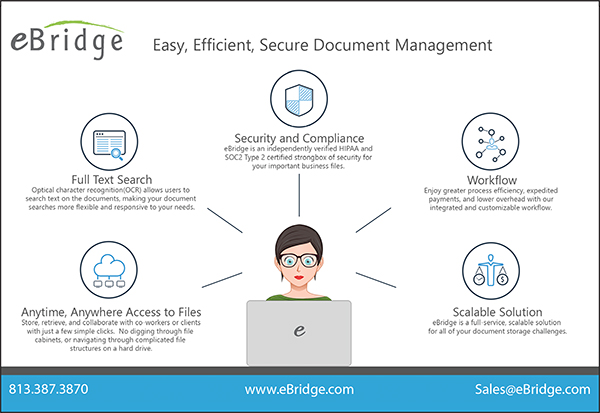Prior Authorization Headache: Prognosis and Treatment Prior authorization is a challenge that needs to be addressed through a multifaceted approach—including research, advocacy, and education—to reduce burdens on physicians and patients.  Prior authorization is a health plan cost-control process requiring providers to obtain approval before performing a service to qualify for payment. Health insurers frequently require prior authorization for pharmaceuticals, durable medical equipment, and medical services. Prior authorization requirements and protocols differ greatly between insurers and specific plans, and providers must often wade through voluminous payer bulletins to learn of program changes. The inefficiency and lack of transparency associated with prior authorization cost physician practices time and money. The lengthy process may also have negative consequences for clinical outcomes, as recommended treatment may be delayed or even abandoned when patients face the obstacles created by these cumbersome programs. Prior authorization is a health plan cost-control process requiring providers to obtain approval before performing a service to qualify for payment. Health insurers frequently require prior authorization for pharmaceuticals, durable medical equipment, and medical services. Prior authorization requirements and protocols differ greatly between insurers and specific plans, and providers must often wade through voluminous payer bulletins to learn of program changes. The inefficiency and lack of transparency associated with prior authorization cost physician practices time and money. The lengthy process may also have negative consequences for clinical outcomes, as recommended treatment may be delayed or even abandoned when patients face the obstacles created by these cumbersome programs.
Due to its widespread usage and the significant administrative and clinical concerns it can present, the AMA believes that prior authorization is a challenge that needs to be addressed through a multifaceted approach—including research, advocacy, and education—to reduce burdens on physicians and patients. Prior Authorization Survey? Consensus Statement
These discussions led the AMA, American Hospital Association (AHA), America’s Health Insurance Plans (AHIP), American Pharmacists Association (APhA), Blue Cross Blue Shield Association (BCBSA), and Medical Group Management Association (MGMA) to develop the Consensus Statement on Improving the Prior Authorization Process (tinyurl.com/y94h7o9h). Designed to establish common ground between providers and payers, the consensus statement seeks to improve the prior authorization process and promote quality patient care by encouraging selective application of prior authorization; promoting reviews and volume adjustments of requirements; pushing for increased transparency and communication between plans, physicians, and patients; protecting continuity of patient care; and encouraging automation to reduce administrative concerns. Electronic Prior Authorization (ePA) for Prescription Drugs To reduce some of the hassles associated with prior authorization for prescription drugs, physicians can implement ePA in their practice. ePA integrates utilization management requirements into physicians’ electronic health records and electronic prescribing workflow. The ePA process facilitates a prospective process and ensures that drugs are properly authorized prior to prescriptions being sent to the pharmacy. In order to help physicians understand and implement ePA, the AMA created a three-part educational video series (tinyurl.com/ya54x5e). The videos detail the burdens associated with prior authorizations, explain how and why a physician should implement ePA, and provide an overview of the AMA’s broader advocacy efforts on this issue. To access these resources and additional information on the AMA’s work to improve the prior authorization process, visit www.ama-assn.org/prior-auth.
|

